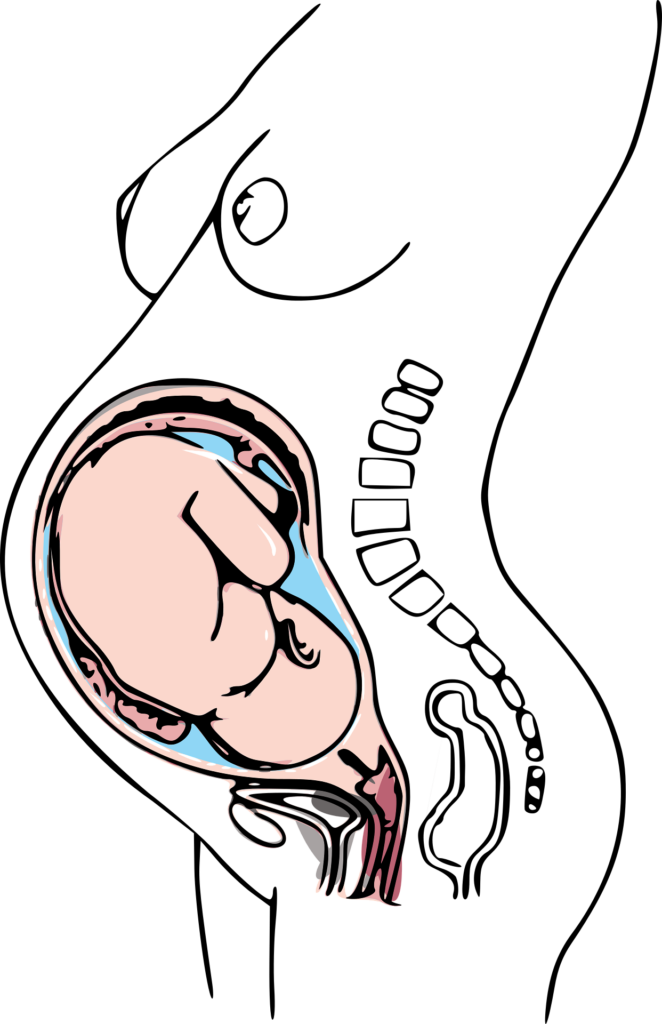Addressing Common Discomforts of Pregnancy with Physical Therapy
Pregnancy is a beautiful and transformative experience for expecting mothers, but it can also come with its fair share of discomfort. From morning sickness to back pain, being pregnant can take a toll on the body. Many women resign themselves to just bearing through these discomforts as part of the pregnancy journey, but what if there was a way to alleviate them?
Enter physical therapy – a non-invasive and drug-free approach to managing common pregnancy discomforts. In this article, we’ll dive into some of the most common discomforts of pregnancy and how physical therapy can help address them.
Back Pain
Back pain is another common discomfort experienced during pregnancy. As the body adjusts to carrying extra weight and shifting hormones, it puts strain on the back muscles which can lead to pain and discomfort. For many pregnant women, this back pain can make it difficult to perform daily tasks and can even affect sleep.
Physical therapy can help alleviate back pain during pregnancy by focusing on stretching and strengthening exercises. These exercises can improve posture, relieve tension in the muscles, and reduce pain. A physical therapist may also use techniques such as massage or heat therapy to provide immediate relief.
Pelvic Floor Discomfort
The pelvic floor muscles play a crucial role in supporting the uterus, bladder, and bowel during pregnancy. As the baby grows, these muscles are put under more pressure which can lead to discomfort or even pain. This can also result in urinary incontinence or difficulty with bowel movements.
Physical therapy can be highly beneficial for addressing pelvic floor discomfort during pregnancy. Through specific exercises and manual techniques, a physical therapist can help strengthen and stretch the pelvic floor muscles, improving their function and reducing discomfort.
Round Ligament Pain
Round ligament pain is characterized by sharp or achy pain on one or both sides of the lower abdomen. This is caused by the stretching and thinning of the round ligaments that support the uterus as it grows during pregnancy. It can be triggered by sudden movements, such as getting up from a seated position or rolling over in bed.
Physical therapy can provide relief for round ligament pain through exercises that strengthen the abdominals and pelvic floor muscles. A physical therapist may also use techniques to release tension in these muscles, helping to reduce pain and discomfort.
Sciatica
Sciatica is a common condition experienced during pregnancy, where the sciatic nerve becomes compressed or irritated. This can result in pain, numbness, or tingling sensations that radiate from the lower back down to the legs.
Physical therapy can help alleviate sciatica by using techniques such as manual therapy and stretching exercises. A physical therapist may also provide education on proper posture and body mechanics to reduce pressure on the sciatic nerve.
Carpal Tunnel Syndrome
Carpal tunnel syndrome occurs when there is compression of the median nerve in the wrist, leading to symptoms such as numbness, tingling, or weakness in the hand and fingers. During pregnancy, fluid retention can increase pressure in this area and exacerbate carpal tunnel syndrome.
Physical therapy can be an effective treatment for carpal tunnel syndrome, with techniques such as nerve gliding exercises and wrist splinting. A physical therapist may also provide education on ergonomic modifications to reduce strain on the wrists.
Pelvic Girdle Pain
Pelvic girdle pain is characterized by pain in the pelvic region, including the pubic bone, sacroiliac joints, and hip bones. This can occur due to increased relaxin hormone levels during pregnancy, which causes ligaments to loosen and joints to become unstable.
Physical therapy can help manage pelvic girdle pain through techniques such as joint mobilization, therapeutic exercises, and postural correction. A physical therapist may also recommend using supportive belts or braces to alleviate discomfort and improve stability.
Swollen Ankles and Feet
Swelling in the ankles and feet is a common discomfort during pregnancy, caused by increased fluid retention and pressure on blood vessels. This can lead to pain and difficulty with daily activities.
Physical therapy can provide relief through techniques such as manual lymphatic drainage, light massage, and compression garments. A physical therapist may also educate clients on proper body positioning to reduce swelling and improve circulation.
Back Pain
Back pain is one of the most common discomforts experienced during pregnancy, affecting up to two-thirds of pregnant women. This can be caused by weight gain, hormonal changes, and postural adaptations.
Physical therapy can help alleviate back pain through exercises that strengthen the core and improve posture. A physical therapist may also use techniques such as manual therapy, heat or ice therapy, and education on proper body mechanics for daily activities.
Conclusion
Pregnancy can bring about many discomforts due to the physical changes that occur in a woman’s body. However, with the help of physical therapy, these discomforts can be effectively managed and even prevented. By addressing issues such as carpal tunnel syndrome, pelvic girdle pain, swollen ankles and feet, and back pain, physical therapists can improve the overall well-being of pregnant women. So if you are experiencing any discomforts during your pregnancy, don’t hesitate to seek help from a qualified physical therapist. With their expertise and personalized treatment plans, you can enjoy a more comfortable and enjoyable pregnancy journey.

